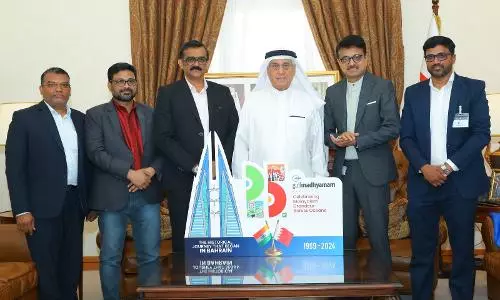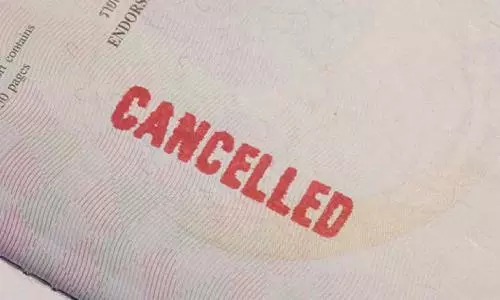
Ram temple was demolished during Aurangzeb's reign, says author
text_fieldsPatna: The Ram janmabhoomi temple at Ayodhya was demolished during the reign of Auranagzeb and not by Babur's commander Mir Baqi, says former IPS officer Kishore Kunal in his book "Ayodhya Revisited".
In an interview to IANS, Kunal - who was an Officer on Special Duty in the Union home ministry in the 1990s - revealed that the misconception about Babur's role was due to Francis Buchanan who surveyed Ayodhya in 1813-1814 and was misled by an inscription at the mosque which mentioned one Baqi.
"Babur had no role in the demolition of any temple at Ayodhya or in the construction of the mosque there. He has been maligned for the last 200 years for an act with which he was not associated. It is an injustice to such a liberal emperor," Kunal said.
According to Kunal, the temple was demolished by Awadh Governor Fedai Khan in 1660 during the reign of Aurangzeb. The temple was not demolished in 1528 as is generally claimed nowadays, he said.
The so-called Babri Masjid had three domes that resembled other mosques built during Aurangzeb's time, Kunal stressed.
"Francis Buchanan surveyed Ayodhya in 1813-1814 and was misled by an inscription at the mosque which was not properly examined by him. People knew that Aurangzeb had destroyed the Ram temple, but Buchanan was beguiled by the fictitious inscription to believe that it was built by Babur," Kunal added.
The much-cited inscription inside the mosque was actually affixed centuries after the supposed construction in 1528, said Kunal.
According to Kunal, Mir Baqi who's referred in the inscription was different from Baqi of "Baburnama". In fact, Babur never visited Ayodhya, he said.
The temples in Ayodhya were not affected during the Mughal period till Aurangzeb ascended to power, Kunal said, adding that the situation changed under Aurangzeb.
After the report on Ayodhya was published in Martin's book a "History Topography Antiquities of Eastern India" in 1838, scholars started attributing construction of the mosque to Babur.
Interestingly, no reference of 'Babri Masjid' could be found in any text for more than 240 years after its supposed construction in 1528. It was mentioned for the first time in the travelogue of Jesuit priest Tieffenthelar in 1768, Kunal said.
"I have also presented accounts of foreign travellers like Thomas Herbert published in 1634 and Joannes De Leat published in 1631 on Ayodhya. Both had explained about a temple of Rama there and people visiting the place," Kunal said.
"I have produced a clinching evidence which proved that there was a temple at the birthplace of Lord Rama and there was an idol inside it as it is described in the 'Ayodhya Mahatmya' of the Rudra Yamala," Kunal said.
According to Kunal, the Vishva Hindu Parishad (VHP) failed to produce any document beyond the "Ayodhya Mahatmya" of Skanda Purana. "But I have referred to four texts which corroborate the fact that Ayodhya was Lord Rama's birthplace," Kunal asserted.
He further said VHP's reliance on a fictitious book "Sahifar-i-Chihal-Nasaih Bahadur Shahi" is totally misplaced.























